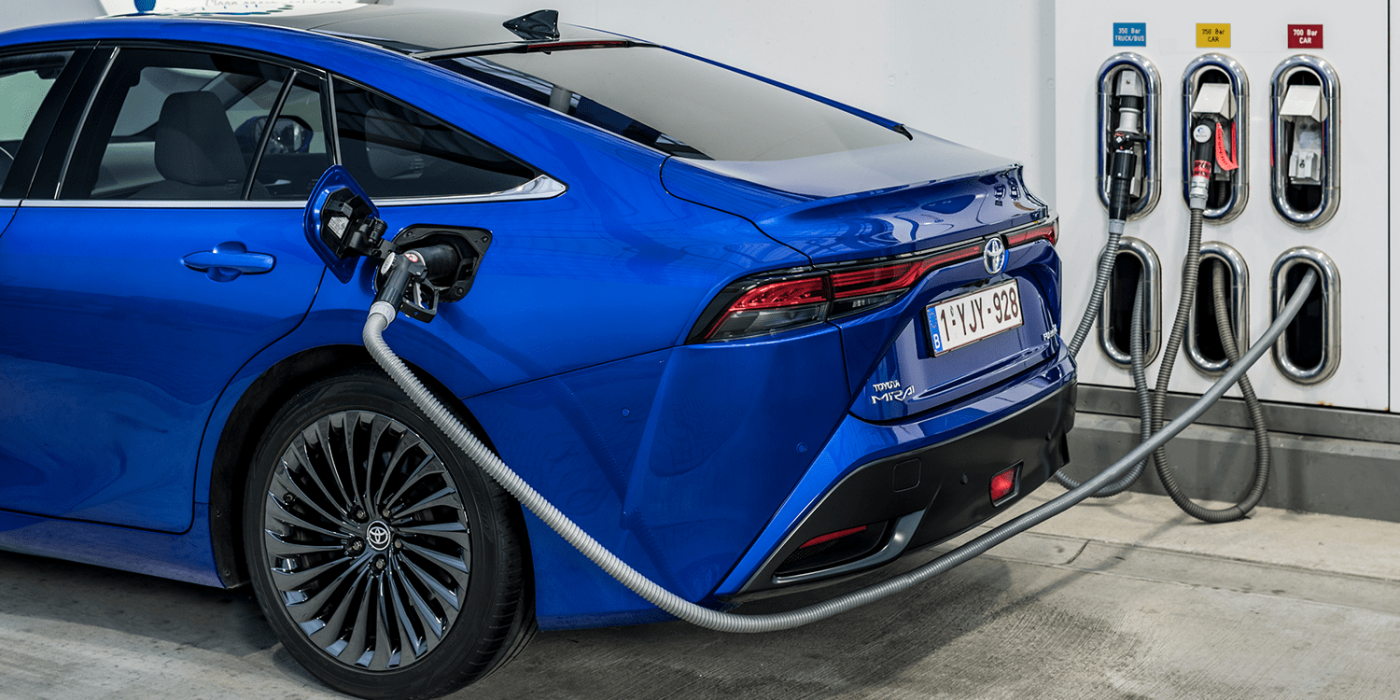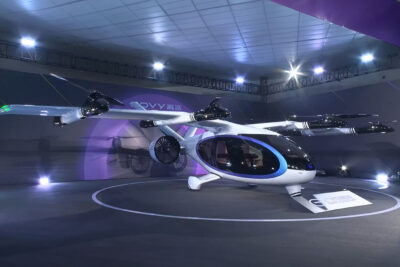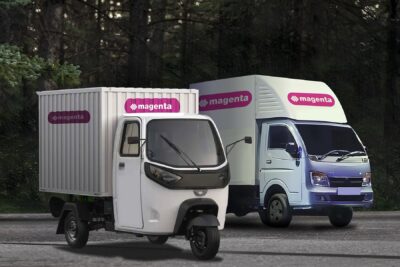Toyota names China and Europe as target markets for H2 technology
Toyota readjusts its hydrogen strategy, now aiming for market share in Europe and China over North America. The Japanese company targets selling 200,000 fuel cell vehicles by 2030, primarily trucks but also passenger cars.
The decision marks a turning point for Toyota. Until now, its focus has been on passenger cars and the North American market, an approach that had stalled. Toyota launched the Mirai FCEV about a decade ago and marketed in California; it remained, however, niche.
Toyota sold just over 3,900 fuel cell vehicles in 2022, less than half of 1% of its global sales of around 9.5 million vehicles.
Meanwhile, in Europe, the picture may look different sooner regarding hydrogen in the heavy-duty segment. Toyota has been proactive in Europe in forging ahead with hydrogen infrastructure. Also this week, the European Parliament confirmed infrastructure rules requiring H2 pit stops every 200 km along Europe’s main roads by 2028.
“This may be a strange way of putting it, but 200,000 is not a big number,” Toyota’s Chief Technology Officer, Hiroki Nakajima, told the press when commenting on the new targets. “We believe this number and more can be achieved.”
By focusing on China and Europe, where hydrogen production and demand are higher, Toyota also aims to bring costs down, Nakajima told Reuters, adding that the automaker would also look to strengthen ties with other companies.
Toyota reportedly plans to start producing fuel cell powertrains at its plant in the US state of Kentucky in December this year, primarily for heavy trucks and with plans to sell drive trains to other manufacturers. This is already the case with US-based Paccar, the Dutch VDL Group, and Hyliko in France. At the end of May, Toyota also reached an agreement with Daimler Truck to merge its truck subsidiary Hino with Daimler’s truck division Mitsubishi Fuso, among other things, to develop hydrogen and other electrification solutions.
According to engineering chief Nakajima, Toyota needs to reach a production volume of at least 10,000 units per month for fuel cell production to break even. The Japanese manufacturer’s next hydrogen fuel cell system, planned for 2026, aims to reduce the cost of the FC stack by 50 per cent, cut the fuel price by a quarter and improve the range by 20 per cent.
In June 2023, Toyota published details of its general electrification strategy. While there was new emphasis on battery-electric solutions, including advances in solid-state technology, Toyota also confirmed its multi-pronged approach to powertrains and continues to use fuel cells in addition to battery-electric powertrains.
Today, the company expects the global market for fuel cells to grow to around $35 billion by 2030, up more than 15-fold from 2020, citing a forecast from market research firm Fuji Keizai.
A very different scenario has just been released by BP. The petrochemical corporation assesses the market potential for H2 cars as virtually non-existent for 2035 and 2050 in the ‘BP Energy Outlook 2023’. While remaining keen on the hydrogen business, BP targets “processes that are difficult to electrify”. In other words, the steel and chemical industries or their own oil refineries as well as shipping and aviation.





0 Comments